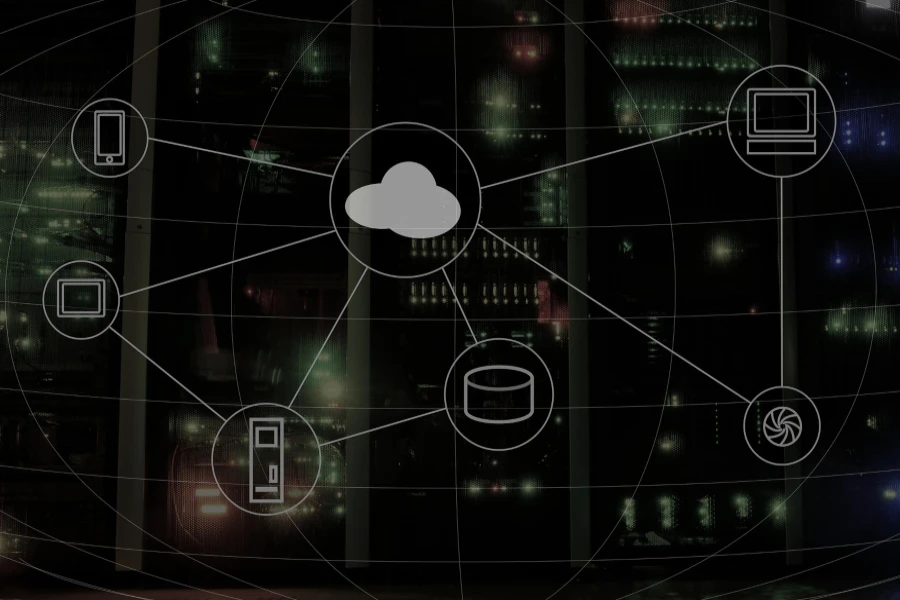The modern world is seeing further and further technological integration in almost every facet of life. This has been a trend for the past few decades, as advances and innovations in technology and information continue to be made. Now, we’re at a point where data is one of the most valuable currencies in the marketplace. This is evidenced by the way that big-companies barter, trade, collect, analyze, and sell consumer data on a global scale. The Netflix documentary, “The Social Dilemma” highlights just how valuable consumer data is, as well as how massive the data-trading industry really is. The simplest way to think about this is that businesses and companies want to create the best possible customer experience that’s tailored to a specific individual. This helps them better connect with their target audience, and helps drive important business metrics as well.
As such, data-professionals, sales people, marketing folks, and everyone in between are constantly looking for ways to optimize their consumer data to make the most out of it. The pursuit of understanding consumers through data-analytics has given birth to a wide variety of technologies, two of the most impactful in today’s modern analytical landscape, though, are ETL and reverse ETL.
Centralizing Data
ETL stands for extract, transform, load. These are all terms that refer to the processes data undergoes in order to make it understandable. ETL has been around since the 1970’s and is all about data-centralization. The concept here is to funnel all of the consumer data gathered from various touch-points and data-sources into one single data-warehouse or data-lake. This process is typically done through the use of SQL which means that some baseline technical ability is required to access data in the warehouse.
There was a need for data-centralization because the various data-sources from which the data is pulled previously represented data-silos. In other words, these were pools of data that were only accessible to a certain team within the company, rather than being an open-source platform that enabled and empowered everyone from sales to marketing to accounting.
Data centralization is aimed at tearing down the walls between various data silos. In turn, this should create a more open-source environment which informs employees all throughout the company. However, as mentioned above, once centralized, and even during the centralization process, data engineers need to use SQL. This creates an additional issue down the line.
An Unintentional Data Silo
By requiring users to be fluent in SQL in order to access the data stored in a centralized data warehouse, there is actually another data silo created. This is problematic, because data-silos were the very issue that a centralized data-warehouse was supposed to solve. The new issue that arose was how non data-engineers and non-technical employees would be able to make use of the data stored in the warehouse, without the use of SQL.
This is where reverse ETL comes into play. Reverse ETL is the process of taking the consumer data stored within a centralized data-warehouse and redistributing it over the company’s suite of other SaaS tools aimed at growth, marketing, sales, or development. For instance, using reverse ETL, the powerful consumer insights that are available in the data-warehouse are also available in Hubspot where marketing professionals can make use of them in order to create better, more engaging, and more impactful consumer campaigns.
Data Activation
The entire goal of the reverse ETL process is data activation. Put simply, data activation is the process of data-analytics performed in such a way that provides real-time insights on which professionals can make decisions, strategize, and deploy tactics. While the data living in your centralized warehouse is extremely powerful, it is essentially useless if it isn’t empowering and informing your employees in their day-to-day tasks.
By prioritizing data activation as a strategy within your company, you and your teams can create better marketing campaigns, connect with consumers on a more personal level, and better position your brand for strategic success.
Making The Most Out Of Consumer Data
Consumer data is undoubtedly one of the most valuable assets that a company holds. Understanding how to use ETL and reverse ETL in order to make the most out of that consumer data can elevate your brand to the next level and give you an advantage over your competition.
Designing a modern data stack that empowers and informs your employees is an essential part of conducting business in the modern economy and remaining competitive. If you haven’t yet, now is the time to start investing in your brand’s data stack.
Wrapping Up On Reverse ETL
The value of consumer data is only projected to increase over the next few years. Getting your data stack designed now will put you in a position for continual success now and well into the future.
